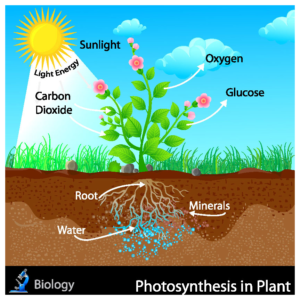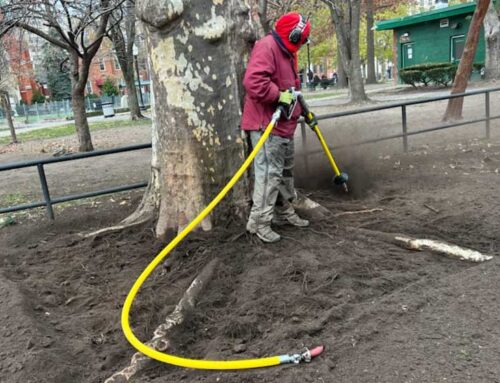Plant Dormancy
With this cold spell with frigid temperatures we are about to go into for the next week, it is safe to say that most plants are now in dormancy. So what is plant dormancy?
During dormancy, a plant will experience little to no growth and all metabolic activity stops during this time. However, many plants manage to return the following months despite this… how?  Well, plants use dormancy as way to survive the unforgiving winter weather. The dormant state of the plant is able to better protect the plants buds during the winter.
Well, plants use dormancy as way to survive the unforgiving winter weather. The dormant state of the plant is able to better protect the plants buds during the winter.
Prior to dormancy, plants use photosynthesis to convert carbon dioxide, water, and some inorganic salts to carbohydrates. The carbohydrates are then stored for later use in the winter. However with trees, entering dormancy causes the green chlorophyll to be removed from leaves, causing the typical fall colors that many love. Many plants will transform differently when entering dormancy, but all plants use dormancy as a means of survival and a way to store energy during the cold months when they most need it. That’s fine, but I wanted to know what went on deep down in the cold ground.
Dormancy has always been the best option for plants for surviving any harsh conditions. Different plants go through different dormancy responses, but all dormant plants share the same goal: to survive harsh conditions and protect it’s seeds and buds. The response is reliant on the growth and death patterns of the plant.
For example, deciduous trees and woody shrubs will remain living above ground, but dormancy causes them to lose their leaves. But evergreens, hence their name, will keep most of their leaves, which results in a reduced metabolism. This reduced metabolism helps trees both stop growing, recycle carbon dioxide, and reduce their water intake. Before dormancy, you should provide roots with some water so the soil is not completely dried out by the time winter hits. Even after leaves begin to drop on a tree, the roots remain active. So, without water during dormancy, many trees can have a hard time recovering the following spring due to damaged roots.
With regards to perennial plants and dormancy, however, their type of dormant response depends on the plant’s pattern of growth and death. Perennials are plants that live year after year, undergoing a period of dormancy during the cold season. In herbaceous species, the above ground portions die, but the plants survive as specialized underground stems.
Biennial species live for two years. The first year is devoted to vegetative growth and the formation of underground storage tissues. After the plant lies dormant through the winter months, its second year of growth results in the stored food supply being used to produce flowers and seeds. Annuals are plants that complete an entire life cycle in one growing season. The plants die, producing seeds, which normally remain dormant until the following growing season.
Most perennial trees and shrubs in temperate regions produce buds in the summer. These buds, which can eventually develop into leaves, stems, or flowers, exhibit reduced metabolic activity even before leaves begin to senesce (age). As temperatures decrease in the fall, complete dormancy sets in. Specialized leaves called bud scales cover the dormant tissue. These scales block the diffusion of oxygen into the bud; they also prevent the loss of water from the tissue.
Almost all flowering plants produce seeds. The seeds develop as ovules within a structural component of the flower called the ovary. As the ovary ripens to form the fruit, the ovules mature into seeds. Each seed is composed of a reserved food supply and a new plant with embryonic root, leaf, and stem tissue. The embryonic plant and reserve food supply are surrounded by a tough seed coat. The seeds of many species, especially trees in the temperate zones, do not germinate immediately after maturing even under ideal moisture, temperature, and nutritional conditions because there is a built in period of dormancy.
Lincoln Landscaping “The Natural Choice”
Mike Kolenut President & CEO
https://lincolnlandscapinginc.com
(201) 848-9699





